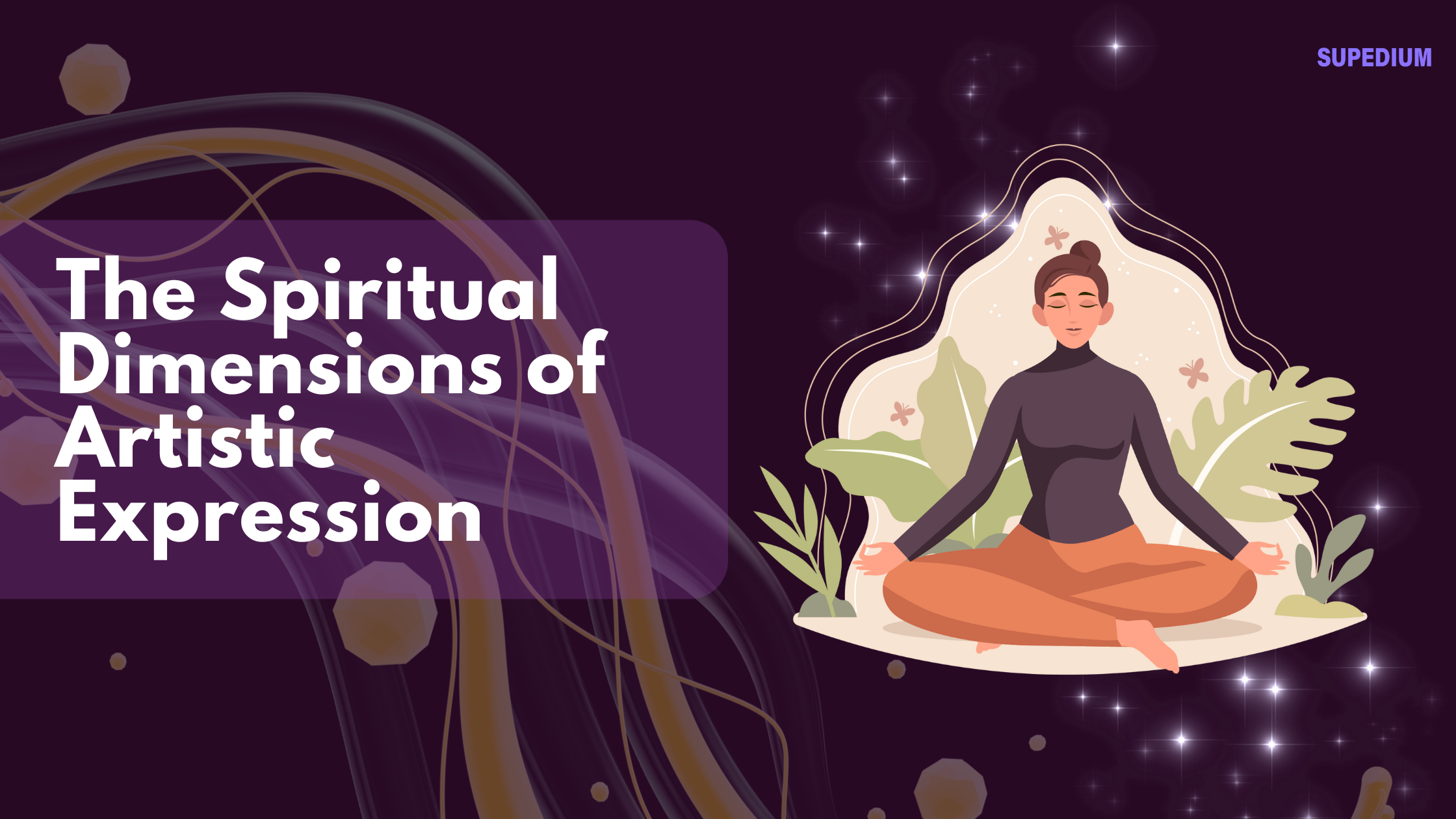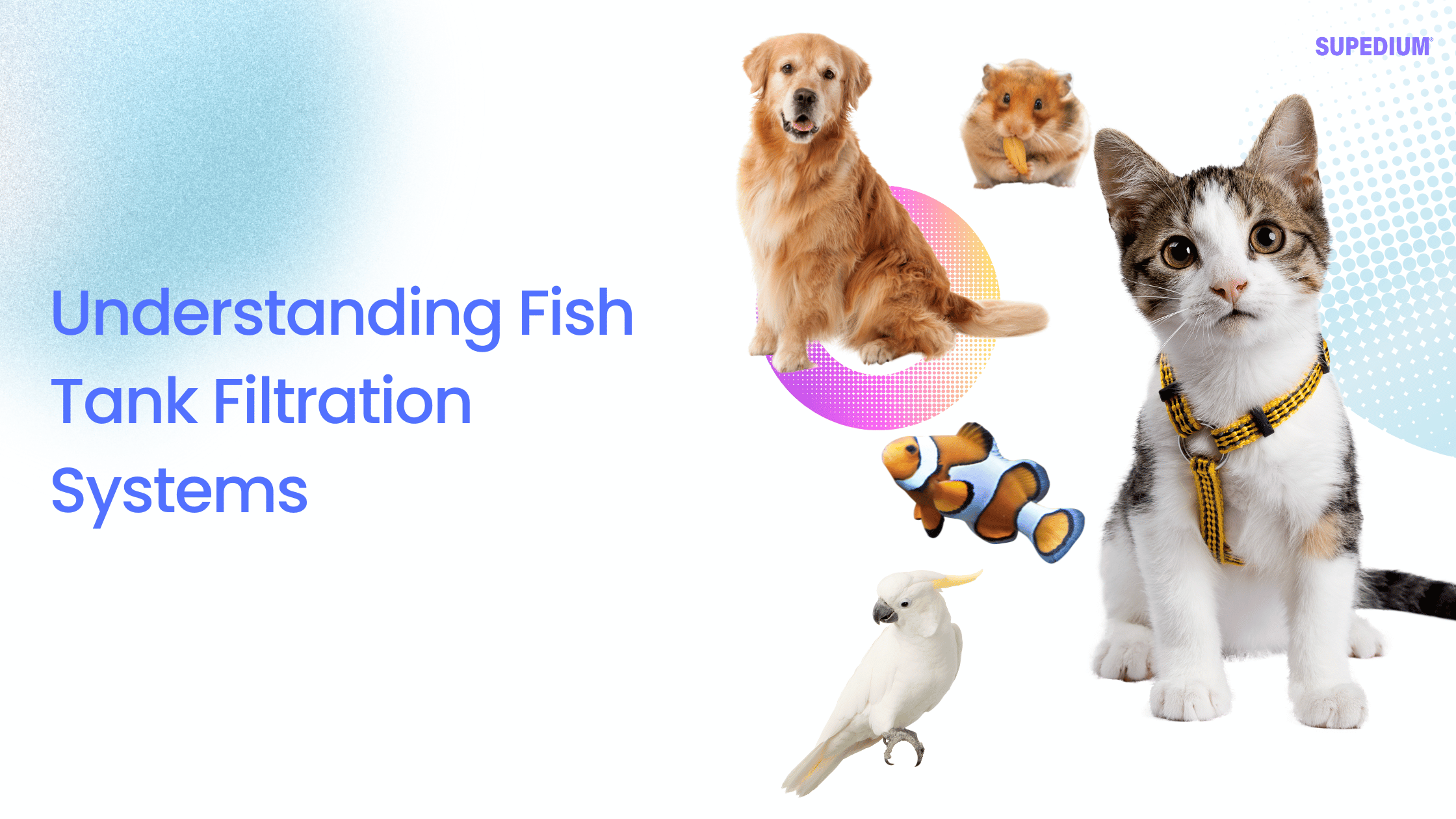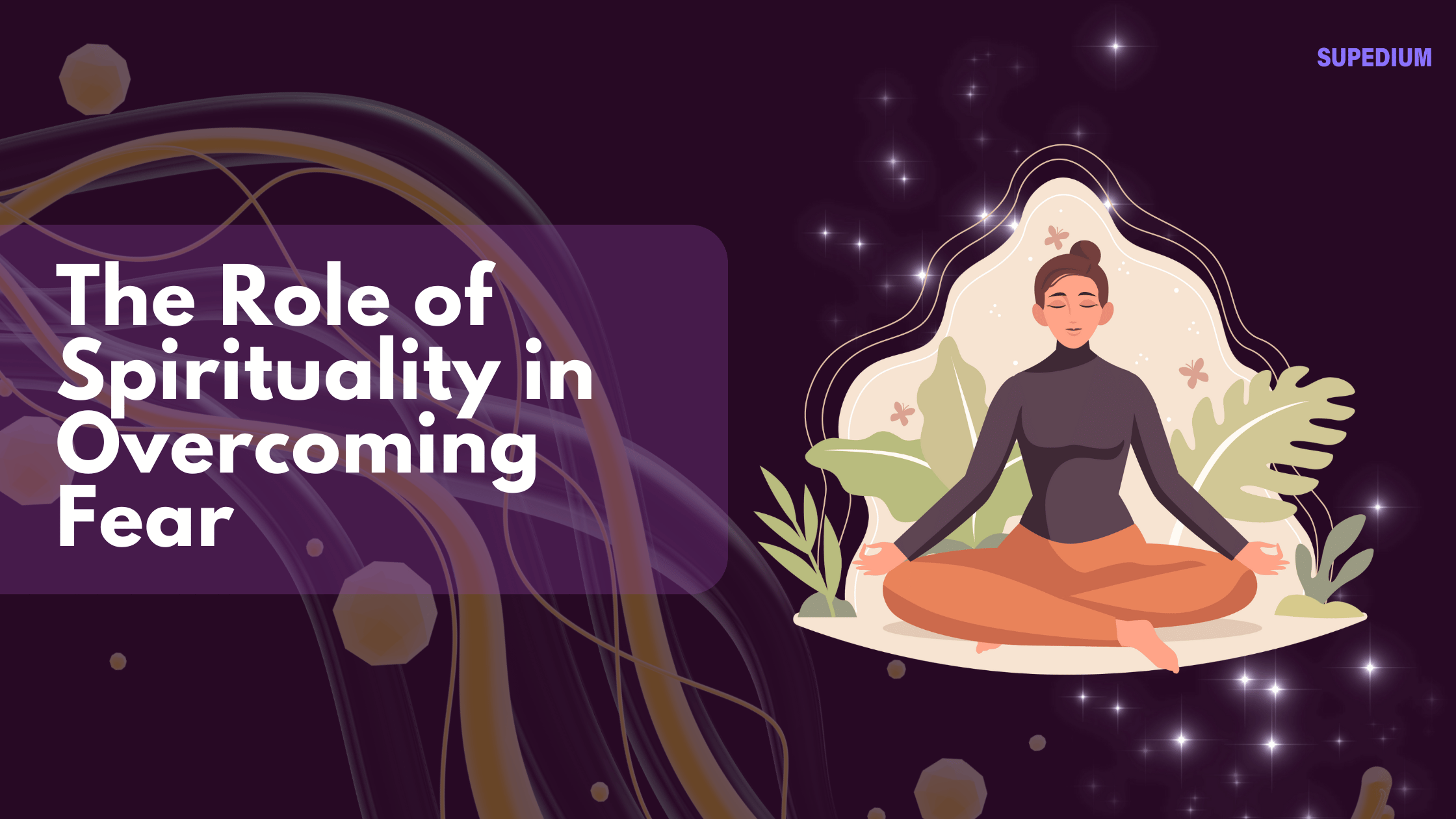Table of Contents
![]()
Art has long been a profound medium for exploring and expressing the complexities of human experience, and one of its most intriguing aspects is its capacity to engage with spiritual dimensions. This article delves into how art and spirituality intertwine, examining historical perspectives, theoretical frameworks, and contemporary issues to uncover the deep connections between artistic expression and spiritual exploration.
I. Introduction
Artistic Expression encompasses a range of forms, including visual arts, music, dance, and literature. Its purpose extends beyond mere aesthetic enjoyment; it serves as a conduit for personal and communal reflection, emotional engagement, and intellectual exploration. On the other hand, spirituality often refers to the pursuit of meaning and connection with something greater than oneself, whether that be a divine presence, universal truths, or a deeper understanding of existence.
Exploring the spiritual dimensions of art is crucial for appreciating its full impact on individuals and societies. By examining how art facilitates spiritual experiences, we can gain insights into its profound influence on our inner lives and collective consciousness.
II. Historical Perspectives
A. Ancient Cultures and Art
In ancient civilizations, art was deeply intertwined with spiritual and religious practices. In Egypt, for instance, art was used to honor deities and commemorate the afterlife. Greek art often depicted gods and mythological themes, reflecting the Greeks’ belief in the divine interplay with human affairs. Similarly, Indigenous cultures around the world created art as part of spiritual rituals, using it to connect with ancestors, nature, and the divine.
B. The Renaissance and Spirituality
The Renaissance marked a significant period in art history where spiritual themes flourished. Artists like Michelangelo and Leonardo da Vinci used their works to explore religious themes, not merely as subjects but as avenues for expressing their personal spiritual inquiries. Michelangelo’s Sistine Chapel ceiling, for example, reflects a profound engagement with Biblical narratives and divine aesthetics, demonstrating how artistic creation can serve as a medium for exploring and expressing spirituality.
C. Modern and Contemporary Views
As art evolved, so did its relationship with spirituality. The Enlightenment and subsequent secular movements led to a diversification of spiritual perspectives in art. Modern and contemporary artists often explore spirituality outside traditional religious contexts, incorporating new age and secular spiritualities into their works. This shift reflects a broader understanding of spirituality as a personal and universal quest for meaning.
III. Theoretical Frameworks
A. Psychological Perspectives
Carl Jung’s theories offer valuable insights into the intersection of art and spirituality. Jung viewed artistic creation as a manifestation of the collective unconscious, a reservoir of shared human experiences and archetypes. According to Jung, art can act as a medium for exploring deeper aspects of the self and addressing spiritual questions, thus facilitating personal and collective psychological growth.
B. Philosophical Perspectives
Philosophers have long discussed the concept of the sublime, which refers to an overwhelming sense of beauty and grandeur that transcends ordinary experience. In the context of art, the sublime often evokes a sense of spiritual elevation or transcendence. Philosophers like Immanuel Kant and Edmund Burke have explored how aesthetic experiences can lead to spiritual or transcendent states, highlighting art’s ability to engage with profound and often ineffable aspects of existence.
C. Theological Perspectives
From a theological standpoint, art can be seen as a form of divine expression or communication. Many religious traditions view artistic creation as a reflection of divine beauty or as a means of spiritual enlightenment. For example, Christian art often seeks to convey spiritual truths and divine presence, while Hindu and Buddhist art incorporates symbolic elements to facilitate meditation and spiritual understanding.
IV. Art as a Medium for Spiritual Exploration
A. Creative Process and Spiritual Experience
The process of creating art can itself be a deeply spiritual experience. Many artists report entering a “flow” state, a condition of deep immersion and transcendence during their creative work. This state often parallels meditative or spiritual experiences, suggesting that artistic creation can serve as a pathway to spiritual engagement.
B. Artistic Expression as a Path to Self-Discovery
Art also functions as a tool for self-discovery, allowing individuals to explore and express their inner lives. Through artistic expression, people can confront and process spiritual and emotional themes, gaining insights into their own identities and experiences. This reflective process can lead to personal transformation and a deeper understanding of one’s place in the world.
C. Art and Mysticism
Art has been used to express mystical experiences throughout history. Mystics often use art to convey their encounters with the divine or the transcendent, creating works that reflect their profound spiritual insights. For example, the visionary art of William Blake and the abstract paintings of Wassily Kandinsky both reflect mystical and spiritual dimensions, demonstrating how art can serve as a medium for expressing and exploring mystical experiences.
V. Artistic Practices and Spirituality
A. Visual Arts
Visual arts have long been associated with spiritual themes. Sacred art, such as Christian iconography and Hindu mandalas, uses symbolism and form to convey spiritual truths and facilitate meditative practices. The intricate patterns of mandalas, for example, are designed to represent the universe and guide spiritual contemplation.
B. Music
Music holds a unique place in spiritual expression, with its ability to evoke profound emotional and spiritual responses. Sacred music traditions, such as Gregorian chant or Indian classical music, are deeply intertwined with religious practices and spiritual experiences. Contemporary spiritual music continues to explore themes of transcendence and divine connection, reflecting the ongoing relevance of music in spiritual exploration.
C. Dance and Movement
Dance and movement have also been used as forms of spiritual expression. Ritual dances, such as Sufi whirling or classical Indian dance forms like Bharatanatyam, often aim to facilitate spiritual experiences and connect with the divine. These practices highlight how movement can serve as a vehicle for spiritual engagement and expression.
D. Literature and Poetry
Literature and poetry offer rich avenues for exploring spiritual themes. Mystical poetry, such as that of Rumi or John of the Cross, delves into spiritual experiences and insights through written language. Spiritual autobiographies and philosophical novels also explore existential and metaphysical questions, demonstrating literature’s capacity to engage with spiritual and philosophical themes.
VI. Contemporary Issues and Trends
A. Secular and Non-Religious Spirituality
In contemporary art, spirituality often extends beyond traditional religious frameworks. Secular and universal spiritual themes, such as existential inquiry and personal transformation, are increasingly prevalent in art. This trend reflects a broader understanding of spirituality as a personal journey rather than adherence to specific religious doctrines.
B. Art and Social Justice
Art has also become a powerful tool for addressing social and political issues, often reflecting spiritual and ethical values. Artists addressing themes of justice, equity, and human rights use their work to promote spiritual and moral reflection. This intersection of art and social justice demonstrates how spiritual dimensions can inform and enhance artistic engagement with contemporary issues.
C. Digital and Interactive Art
The advent of digital and interactive art has introduced new possibilities for spiritual expression. Virtual reality and immersive experiences offer novel ways to engage with spiritual themes, creating opportunities for deep and interactive explorations of transcendence and connection. These new mediums reflect the evolving nature of art and its role in spiritual exploration.
VII. Case Studies
A. Notable Artists and Their Spiritual Journeys
Examining the lives and works of notable artists provides insight into the intersection of art and spirituality. For example, Vincent van Gogh’s letters reveal his deep spiritual struggles and his search for meaning through art. Similarly, Frida Kahlo’s work reflects her personal and spiritual experiences, offering a profound exploration of identity and suffering.
B. Artistic Movements with Spiritual Significance
Artistic movements like Surrealism and Abstract Expressionism often grapple with spiritual themes. Surrealism, with its focus on the unconscious and the transcendent, reflects a deep engagement with spiritual and mystical experiences. Abstract Expressionism, with its emphasis on emotional and spiritual expression, similarly explores the boundaries of spiritual and aesthetic experience.
VIII. Conclusion
In summary, the spiritual dimensions of artistic expression reveal a rich and multifaceted relationship between art and spirituality. From historical and theoretical perspectives to contemporary practices and trends, art offers a profound medium for exploring and expressing spiritual themes. As we continue to engage with art, we are invited to explore not only its aesthetic and emotional impact but also its potential to facilitate spiritual insight and transformation.
Share This





Be the first to comment